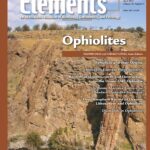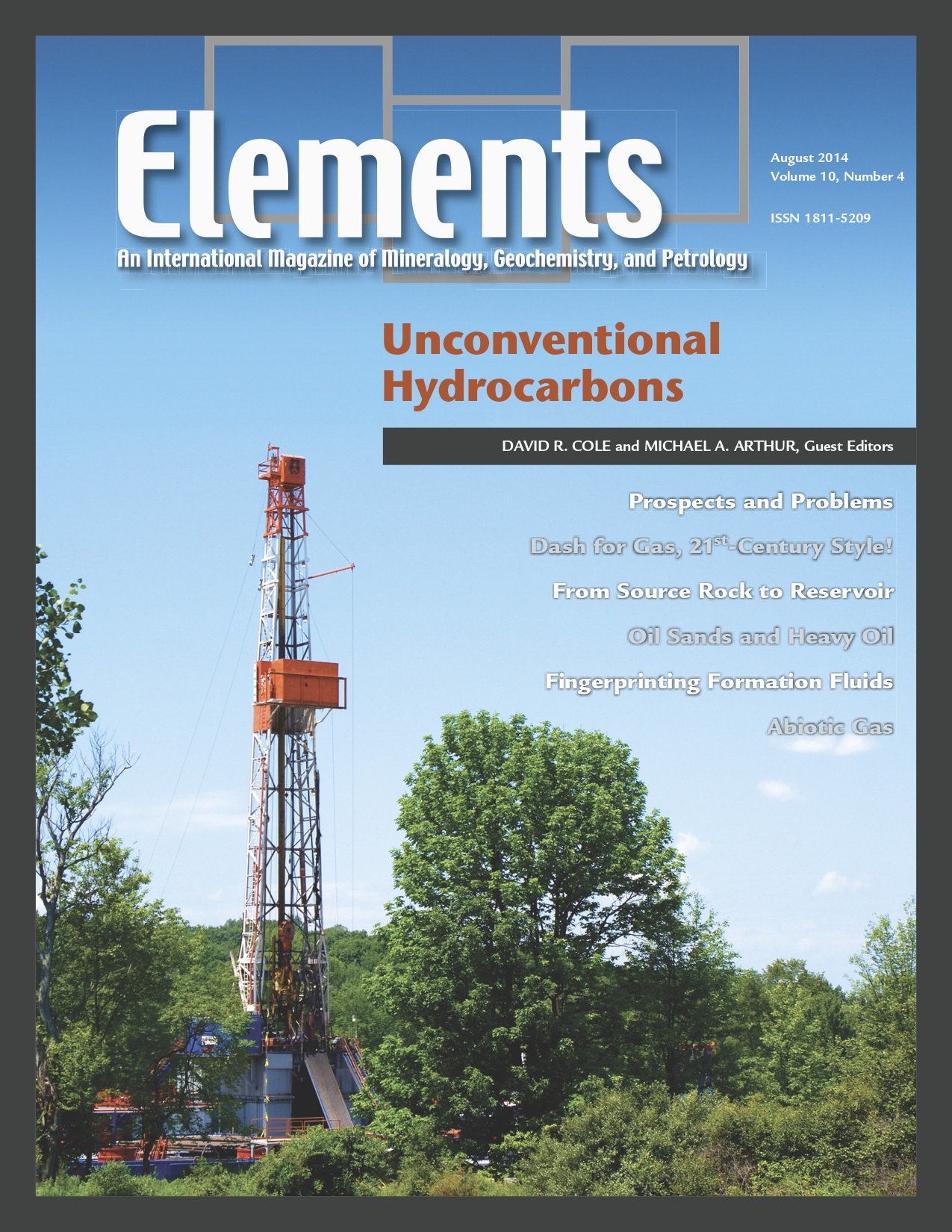
Ophiolites, April 2014, Vol. 10, No. 2
June 28, 2024
Arc Magmatic Tempos, April 2015, Vol. 11, No. 2
June 28, 2024Unconventional Hydrocarbons, August 2014, Vol. 10, No. 4
$20.00
The realization that unconventional hydrocarbons, such as gas and oil shale, oil sands, and heavy oil, can now be exploited more effectively and economically has stimulated exploration and exploitation on a global scale. This has led to a new economic and environmental landscape in energy matters that we are only now starting to understand.
Unconventional Hydrocarbons
August 2014, Vol. 10, No. 4
The realization that unconventional hydrocarbons, such as gas and oil shale, oil sands, and heavy oil, can now be exploited more effectively and economically has stimulated exploration and exploitation on a global scale. This has led to a new economic and environmental landscape in energy matters that we are only now starting to understand. Exploiting unconventional hydrocarbons requires additional technology, energy, and capital compared to the industry standard. This thematic issue addresses the geologic and geochemical nature of these resources and their impact on global socioeconomics and the environment.
Why You’ll Love Elements Magazine:
- Expert Contributors: Articles written by renowned researchers in the field of geoscience.
- Engaging Content: Join a community of readers who are passionate about Elements.
- Exceptional Quality: Each issue is printed on high-quality paper with stunning visuals and detailed illustrations that bring complex scientific concepts to life.
Order your copy of the August 2014 issue of Elements magazine today and investigate unconventional hydrocarbons.
Related products
-
On The Cutting Edge: Teaching Mineralogy, Petrology, And Geochemistry, April 2007, Vol. 3, No. 2
$20.00New advances in research on learning have important implications for teaching mineralogy, petrology, and geochemistry. Effective instructional practices are increasingly student centered, address diverse student learning styles, and employ a variety of active-learning strategies.
-
Diamonds, March 2005, Vol. 1, No. 2
$20.00Diamond, the fascinating ultrahard mineral, is the focus of considerable interest and scientific research. Recent advances particularly relevant to geoscientists include: diamond as a recorder of Earth processes from the perspective of inclusions, chemistry, and conditions of formation; synthesis for research applications and processing to modify color and physical properties, important to diamond gems and anvils; the implications of nanodiamonds from meteorites.
-
Carbon Dioxide Sequestration, October 2008, Vol. 4, No. 5
$20.00Storage of carbon in the subsurface involves introduction of supercritical CO2 into rock formations beneath the surface of the Earth, typically at depths of 1000 to 4000 meters. Although CO2 is a relatively benign substance, the volume being considered is large.




